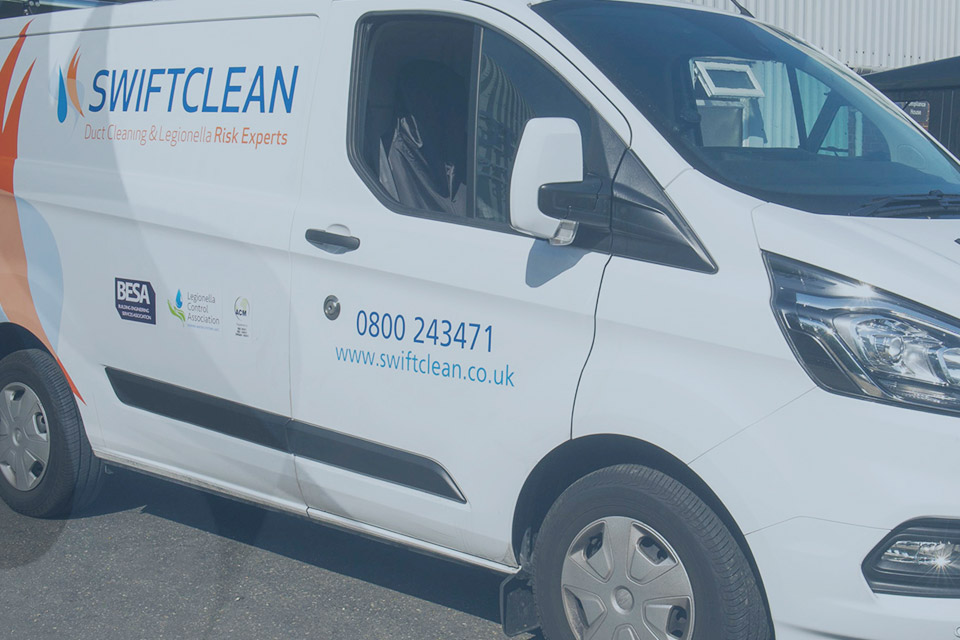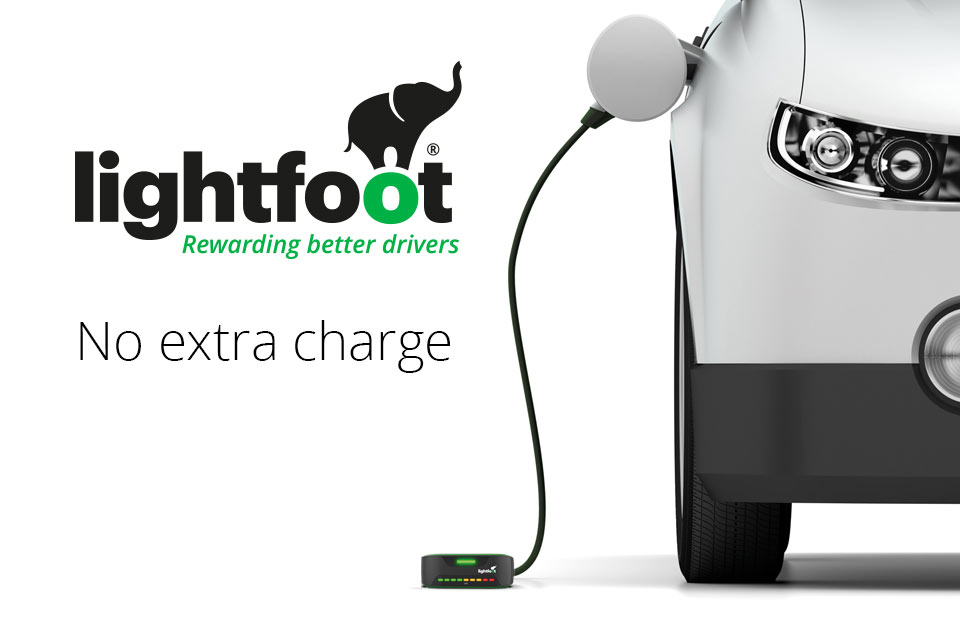New 500. Meet the electric side of the family

By FIAT Fleet & Business The 500 is finally ready to introduce you to the newest members of the family. The 500 has been redesigned form the ground up, delivering more space, more technology, and greater safety; making it the perfect addition to any fleet. The 500e has a BIK of 0%, Level 2 Autonomous […]
Swiftclean soars with fuel savings of 10%

Swiftclean, one of the UK’s longest established specialist ventilation hygiene providers, has announced a remarkable reduction in fuel bills, on-road accidents and vehicle damage following the installation of Lightfoot’s in-cab driver guidance system across its fleet of 34 vehicles. Recording an MPG uplift of 6.1%, record savings in fuel expenses of circa 10% and a […]
Futureproof your fleet with Northgate’s unique mix of dependability, agility, and innovation

Northgate has been supporting the commercial vehicle needs of British businesses, the public sector and charities for 40 years. We have supported our customers throughout the pandemic emergency every step of the way. As the country re-emerges, Northgate will continue to be there meeting tomorrow’s fleet needs, too. We understand that times are extremely challenging, […]
Lightfoot prepares to enter the EV market

By Lightfoot Lightfoot was born from developing and electrifying vehicles – from the McLaren P1, to Caterpillar diggers – Lightfoot understand EVs. As EV adoption accelerates, Lightfoot is positioning itself to be a market-leading EV technology provider to Fleets thanks to the unique approach of live in-cab feedback optimising the effectiveness of EVs coupled with […]
Reflex Vehicle Hire keeps fleets on the road as suppliers struggle with service, maintenance and repair demand

By Reflex Vehicle Hire Reflex Vehicle Hire is keeping our fleet customers on the road with online service booking and mobile maintenance as companies report they are struggling with a shortage of garage SMR capacity for their own vehicles… Fleet operators are experiencing issues booking service, maintenance and repair (SMR) work or MOTs as the […]
The importance of rental to efficient commercial fleets

David Brennan (pictured), CEO of Nexus Vehicle Rental, explores how rental plays a key role in the running of an efficient commercial fleet… The commercial vehicle (CV) industry is the backbone of the UK economy, with vehicles facilitating the movement of people, assets, and goods, stimulating the economy and helping to keep it stable. Although […]
INDUSTRY SPOTLIGHT: AVG Windscreens

By AVG Windscreens AVG Windscreens are a national vehicle glass provider working within the industry for over 25 years. We specialise in fleet & commercial vehicles in a variety of industries, so we understand the importance of getting your vehicles back on the road. For our trade accounts, we have a 24-hour helpline and operate […]
WEBINAR: This is the one you don’t want to miss! Let’s Explore Commercial Electric Vehicles

By Webfleet Solutions 2020 has been a landmark year for electric vehicles (EVs), with pure battery powered car sales increasing over 195% from 2019* While EV is gathering pace in the personal and company car market, commercial vehicle uptake has been somewhat slower. Join our team of panellists Jonny Berry (Groupe Renault), Paul Kirby (Vanarama) and Neil Chamberlain (SSE) as […]
The benefits of maximising uptime through a technology driven approach to rental

By David Brennan (pictured), CEO of Nexus Vehicle Rental Nexus has cemented itself at the forefront of innovation for 20 years and has successfully carved its market niche by applying technology to meet evolving industry trends and the ever-changing demands of its customers. Nexus is transforming the vehicle rental industry in much the same way […]
eVito – Mercedes-Benz from Midlands Truck & Van – Efficient electric drive, combined with proven vehicle strengths

By Midlands Truck & Van The eVito panel van is as advanced as modern mobility demands. And it is just as functional, safe and comfortable as you would expect from a Mercedes-Benz Vito. Its highly efficient electric motor with 85 kW (116 hp) and torque of 300 Nm as well as the other electrical components […]


